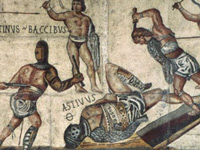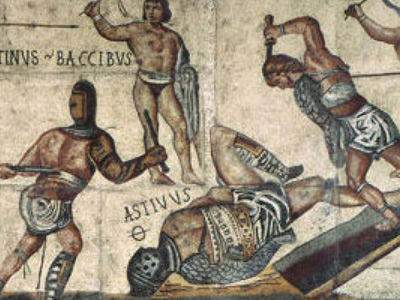Third Servile War (73-71 BC)

Motivation and Leadership of the Escaped Slaves
By the end of 73 BC, Spartacus and Crixus were in command of a large group of armed men with a proven ability to withstand Roman armies. What they intended to do with this force is somewhat difficult for modern readers to determine. Since the Third Servile War was ultimately an unsuccessful rebellion, no firsthand account of the slaves' motives and goals exists, and historians writing about the war propose contradictory theories.
Many popular modern accounts of the war claim that there was a factional split in the escaped slaves between those under Spartacus, who wished to escape over the Alps to freedom, and those under Crixus, who wished to stay in southern Italy to continue raiding and plundering. This appears to be an interpretation of events based on the following: the regions that Florus lists as being raided by the slaves include Thurii and Metapontum, which are geographically distant from Nola and Nuceria.
This indicates the existence of two groups: Lucius Gellius Publicola eventually attacked Crixus and a group of some 30,000 followers who are described as being separate from the main group under Spartacus. Plutarch describes the desire of some of the escaped slaves to plunder Italy, rather than escape over the Alps. While this factional split is not contradicted by classical sources, there does not seem to be any direct evidence to support it.
Fictional accounts sometimes portray the rebelling slaves as ancient Roman freedom fighters, struggling to change a corrupt Roman society and to end the Roman institution of slavery. Although this is not contradicted by classical historians, no historical account mentions that the goal of the rebel slaves was to end slavery in the Roman Republic The Roman Republic was a form of government of Rome and the era of the classical Roman civilization when it was run through public representation of the Roman people. Beginning with the overthrow of the Roman Kingdom (traditionally dated to 509 BC) and ending in 27 BC with the establishment of the Roman Empire, Rome's control rapidly expanded during this period - from the city's immediate surroundings to hegemony over the entire Mediterranean world., nor do any of the actions of rebel leaders, who themselves committed numerous atrocities, seem specifically aimed at ending slavery.
The Roman Republic was a form of government of Rome and the era of the classical Roman civilization when it was run through public representation of the Roman people. Beginning with the overthrow of the Roman Kingdom (traditionally dated to 509 BC) and ending in 27 BC with the establishment of the Roman Empire, Rome's control rapidly expanded during this period - from the city's immediate surroundings to hegemony over the entire Mediterranean world., nor do any of the actions of rebel leaders, who themselves committed numerous atrocities, seem specifically aimed at ending slavery.
Even classical historians, who were writing only years after the events themselves, seem to be divided as to what the motives of Spartacus were. Appian and Florus write that he intended to march on Rome itself—although this may have been no more than a reflection of Roman fears. If Spartacus did intend to march on Rome, it was a goal he must have later abandoned. Plutarch writes that Spartacus merely wished to escape northwards into Cisalpine Gaul and disperse his men back to their homes.
It is not certain that the slaves were a homogeneous group under the leadership of Spartacus, although this is implied by the Roman historians. Certainly other slave leaders are mentioned—Crixus, Oenomaus, Gannicus, and Castus—and it cannot be told from the historical evidence whether they were aides, subordinates, or even equals leading groups of their own and traveling in convoy with Spartacus' people.
HISTORY

RESOURCES
This article uses material from the Wikipedia article "Third Servile War (73-71 BC)", which is released under the Creative Commons Attribution-Share-Alike License 3.0.
© Stories Preschool. All Rights Reserved.









